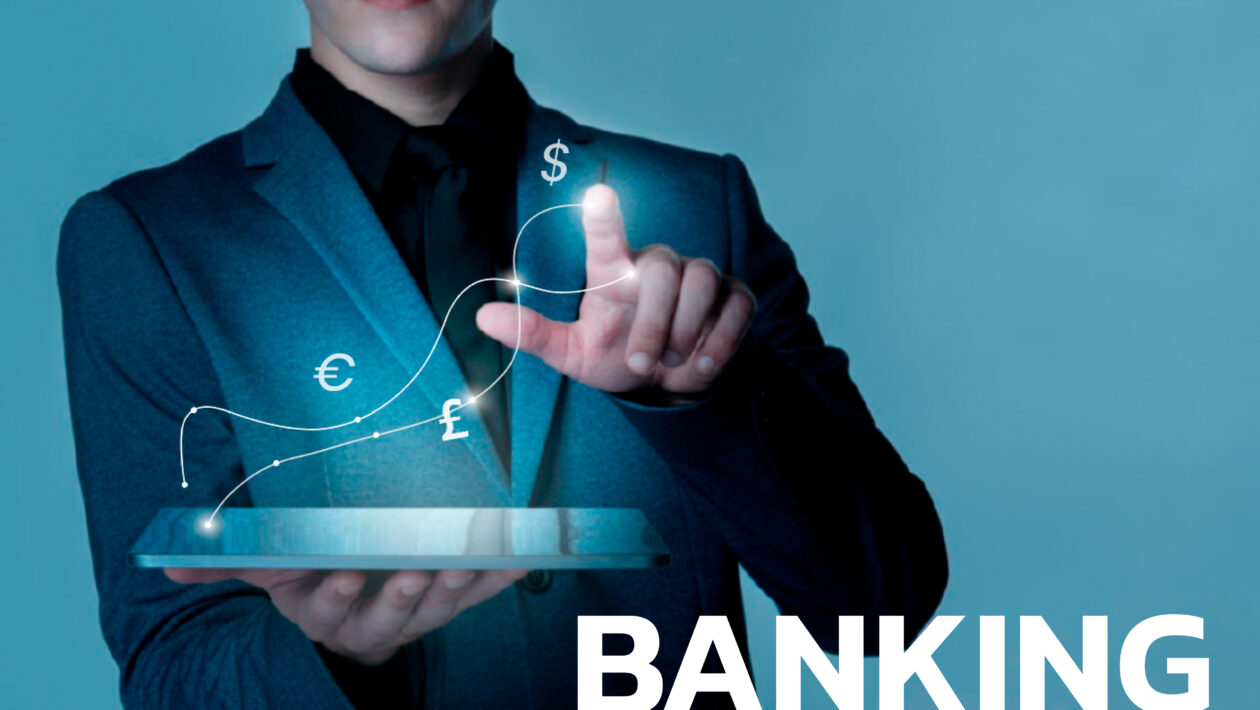ECB’s chief economist Philip Lane in an interview said:
- The ECB’s decision to raise interest rates took longer than the Federal Reserve’s due to several factors.
- In 2021, demand played a more significant role in driving US inflation, making monetary policy more immediate.
- The ECB did not cut interest rates during the pandemic, unlike the Fed and BoE, so the initial rate increases were reversing pandemic cuts.
- The primary source of inflation was the energy shock, as reflected in consumer surveys.
- Raising rates helps mitigate the impact of energy price increases on consumer prices.
- The ECB aims to slow down wage growth in 2024 to help inflation return to 2%.
- The ECB’s single interest rate policy requires national policies to fill gaps in individual countries.
- The ECB’s balance sheet is shrinking as it stops reinvesting proceeds from maturing bonds, and bond sales are not a primary concern.
- The ECB will keep interest rates high until inflation returns to 2%, but this may take some time.
- The “neutral” level for interest rates is likely around 2%, reflecting long-term average policy rates.
- The ECB acknowledges the need to express humility in the face of uncertainty and learn from unexpected developments.
- The ECB’s policy decisions are driven by the need to address high inflation rather than a particular faction within the institution.
The ECB raise rates by 25 basis points on September 14. The ECB will next meet on October 26.
This article was written by Greg Michalowski at www.forexlive.com. Source
